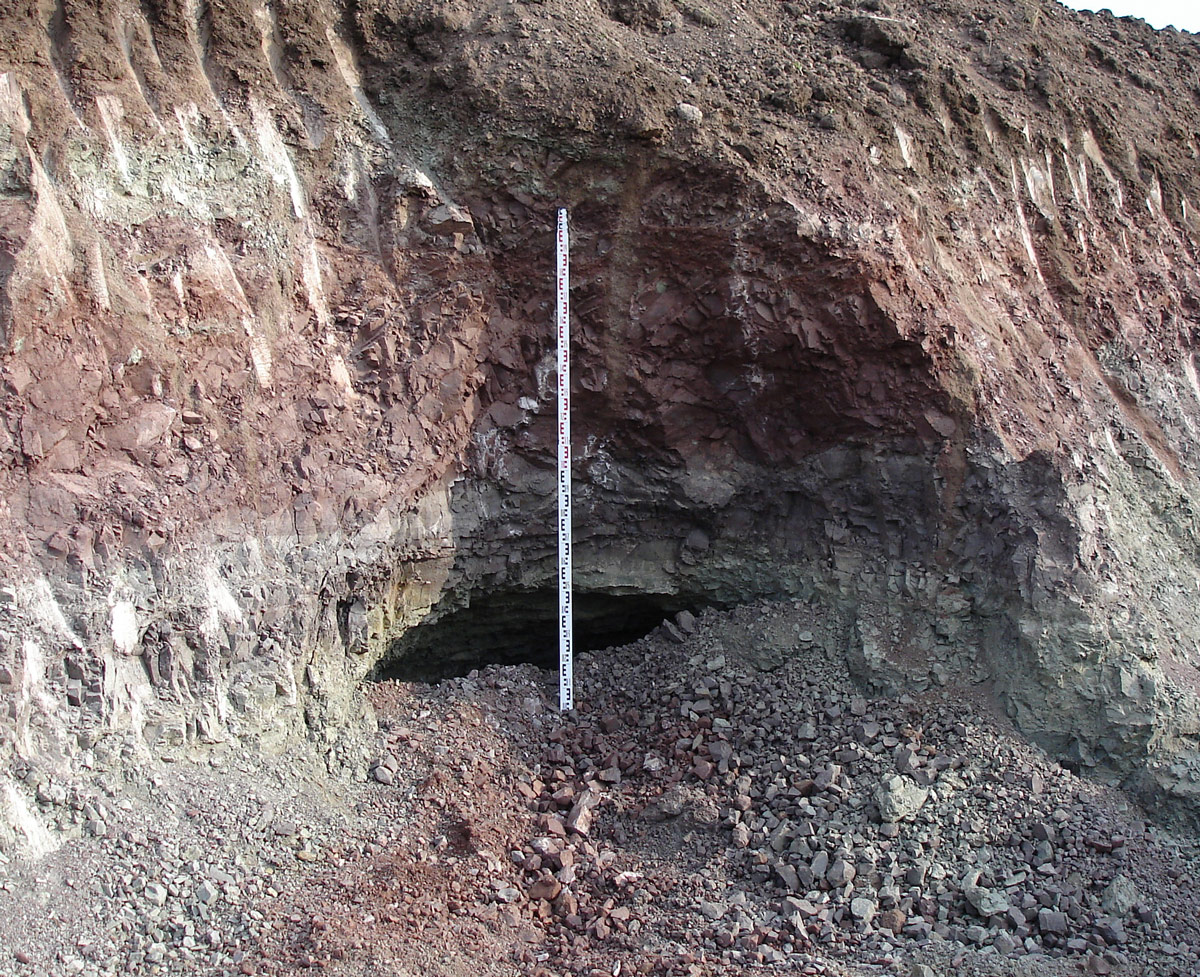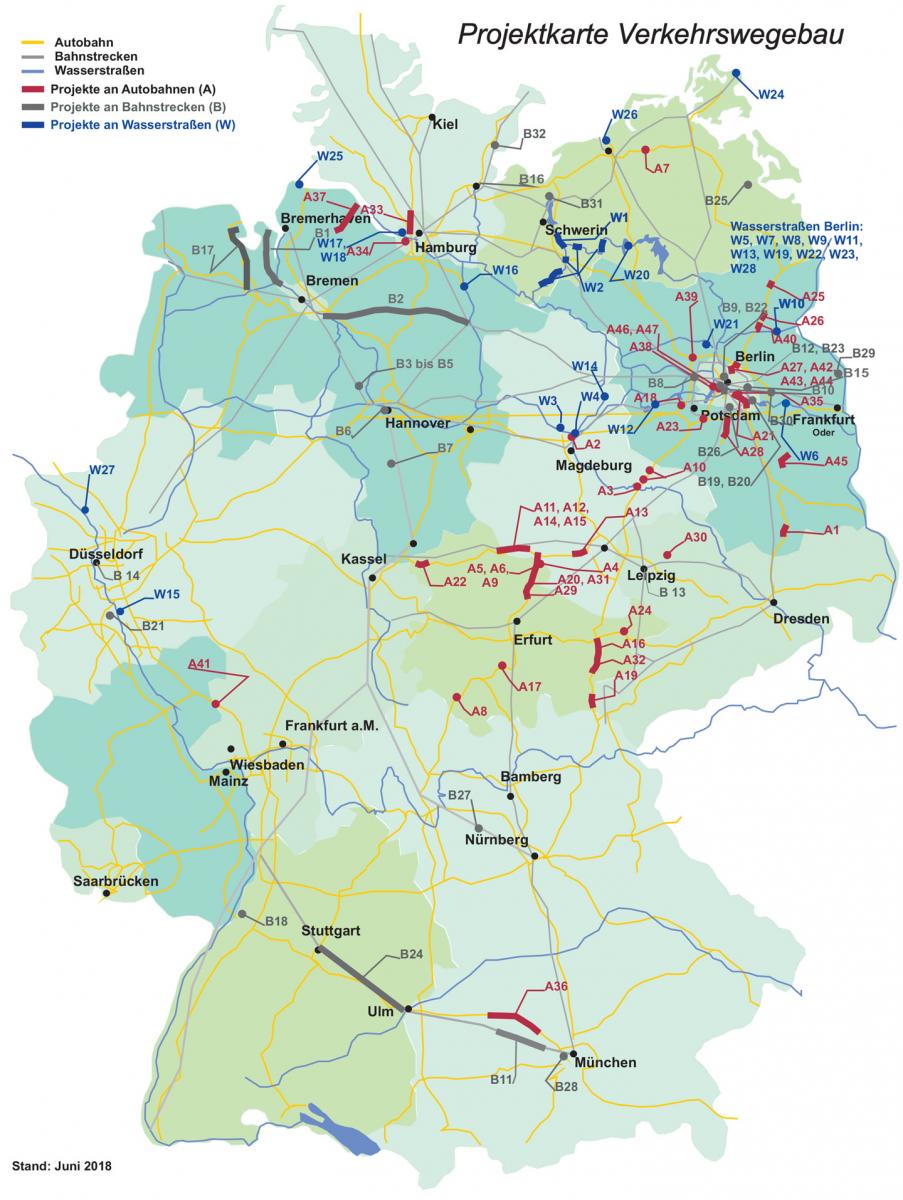Tunnel - road construction
Underground construction projects: Tunnels are built not only for people and traffic, but these underground pathways are also constructed for the transport of energy, water and other media.
Expert opinions on tunnel construction

To create underground structures, the structure and parameters of the subsoil as well as the hydro-geological conditions have to be explored first and then evaluated by a qualified specialist. This is the only way to select suitable construction methods that can guarantee safety during construction and for the subsequent use of the structure. The structures and the construction process are planned in such a way that the completed tunnel can withstand the pressures of soil, rock and water.
Tunnel construction engineering and geological monitoring

Whether it is above-ground construction or underground tunnelling, we often run into special challenges posed by a high groundwater level or by a certain type of substrate and neighbouring structures. Special solutions and customized procedures may then become necessary. GuD offers these kinds of services in all HOAI phases.
Ground freezing

When tunnels are to be built in unstable mountainous terrain either plate jacking or an artificial temporary reinforcement of the substrate must take place, followed by mining techniques to dig the tunnel. Ground freezing is an approach that can be used, especially for shorter sections like crosscuts or underground connections of two sections in open construction. GuD explores, consults, designs, monitors and checks ground freezing procedures with liquid nitrogen or salt water, especially for inner-city tunnel construction processes.
Vibration and deformation forecasts

Both the work of building a tunnel as well as its subsequent operation are not without effect on its environment. The vibrations and deformations can be significant on neighbouring structures and their users, especially if the depth of the tunnel ceiling is not large. The effect of the construction work on the neighbouring buildings can be determined with measurements and numerical models so that appropriate measures can be put into place if protection against deformation and vibrations are needed.
Compaction grouting
In most cases, driving the tunnel cross-section creates relaxation of the subsoil and to some degree also a reduction in volume of the surrounding soil. This can cause deformations, which then can affect the serviceability and stability of the buildings in the surrounding area. These loading conditions can be influenced with very finely adjustable and yet powerful countermeasures, so-called lift- or compaction grouting, which is able to return the deformations to their original state with slight, but repetitive grouting applications. GuD designs and monitors these types of measures in all application phases.
Road construction
Geotechnical consultations and investigations are a significant field of activity for infrastructure projects like road and railway construction. GuD investigates the substrate and issues reports about the geological and hydro-geological as well as geotechnical conditions of the site, including all necessary consultations on foundation work including technical tunnel construction reports for cable and pipeline engineering. GuD also offers consultation and design services for embankments and flood control measures at waterways.
